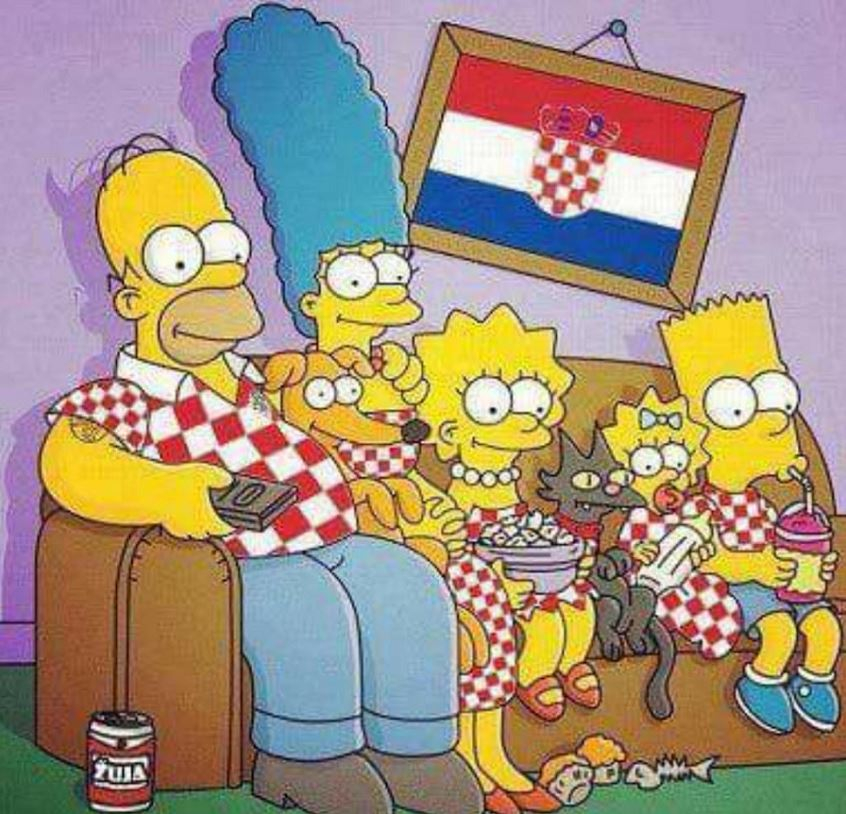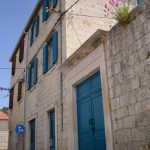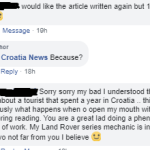December 18, 2020 – Living in Croatia is a continual process of education. Here are 35 things I learned about Croatia in 2020, having lived here already for 18 years.
At the end of last year, I was thinking about writing an article to summarise the year on TCN. While looking back on the year and my various travels all over the country, I was struck by how many new discoveries I had made in 2019, despite having lived here for 17 years. Every day is different, and Croatia is able to produce unlimted interesting experiences 12 months a year. In the end, I decided to settle on an article called Why I Live in Croatia: 30 Incredible Discoveries in 2019 Alone.
I was pleased with the article and made a note to repeat it every year, and I looked forward to seeing what treasures Croatia in 2020 would bring.
2020 brought corona, and so limited was my travel during lockdown on Hvar that Google Maps told me that in April I walked 100 kilometres and drove just 65 kilometres. I don’t think I have ever walked 50% more in a month than I have driven since passing my driving test over 30 years ago.
With much less to explore this year, I decided to focus on what I had learned about Croatia in 2020. It turns out that I learned quite a lot. Here are my top 35 things.
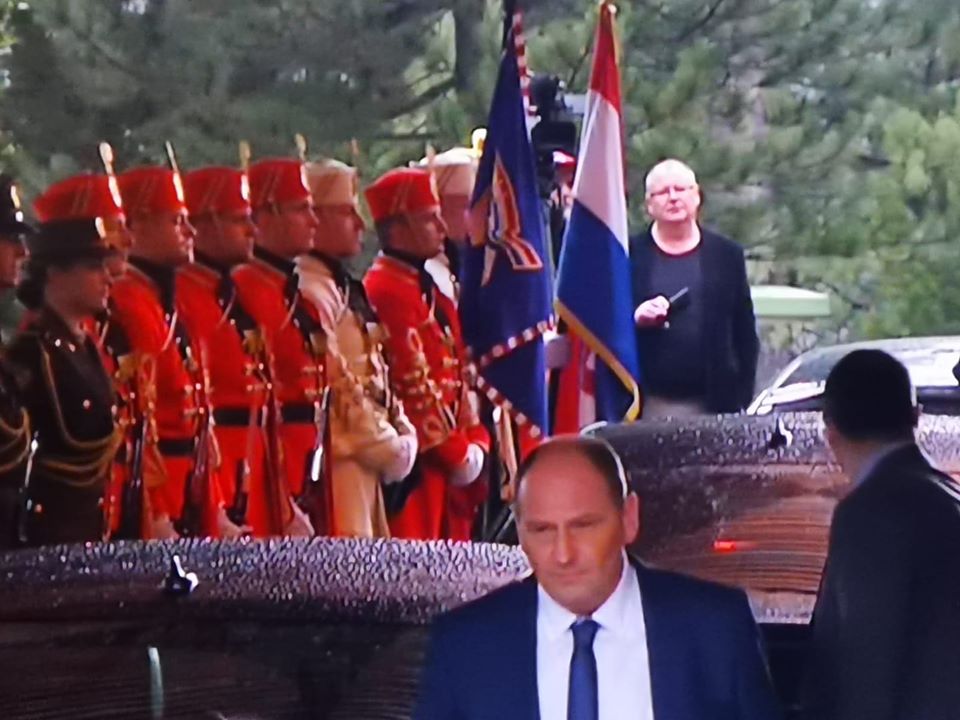
1. The only foreigners at a Croatian Presidential inauguration
The first major lesson of the year (where to stand at a presidential inauguration) came at the inauguration of President Zoran Milanovic in February, as my phone started going crazy with messages. They were all sending me images of myself standing like a lemon behind the armed guard on national television.
In my defence, it was my first (and, on this performance, probably my last) presidential inauguration, and President Trump need not fear that Milanovic would draw a bigger crowd than him. Just 39 invited guests. It was a very low-key affair overall, made memorable by THAT rendition of the national anthem by Josipa Lisac (listen above).
Newly crowned President Zoki didn’t want a lot of fuss, and it was all over within the hour, with the media packed into a room next door where they watched the event on television. Which kind of defeated the point of reporting on it live. This was the fond farewell to outgoing President, Kolinda Grabara Kitarovic, after which he went inside and the show was presumably over. Along with my Croatian-American colleague, we were the only foreigners at the inauguration. A curious affair from start to finish. Read more in A Foreign Eye Behind the Scenes at Croatian President Milanovic Inauguration.
2. The Croatian Government sometimes DOES keep its promises, even if it takes 250 years
One of the most educational things this year was our partnership with the Ludbreg Tourist Board, a short drive from my home in Varazdin. On the surface, Ludbreg looks like any other northern Croatian town, but the more you look, the most unusual the stories. How about this one, for example. a tale of the Croatian government delivering on a promise more than 250 years after it was made. As you can see in our One Minute Ludbreg video, back in 1739, with the plague ravaging the country, the Croatian Parliament in the then capital, Varazdin, made a vow to build a church of thanks in the miracle town of Ludbreg (of which more below) if God would stop the plague. God duly obliged and the plague stopped, upon which the Croatian government did… nothing. At least until more than 250 years later in 1994 – during the Homeland War – when the Sanctuary of the Precious Blood of Christ was built.
3. Watching the authorities take total control with just a few instructions
March was a crazy month for us all in Croatia, as we went from a relaxed country enjoying the chilled Croatian lifestyle to almost complete lockdown almost overnight. Residents of Zagreb and surrounding areas had to deal with the additional horrors of the March 22 earthquakes. Croatia’s initial response was outstanding, and it was both terrifying and admirable to see how the Croatian police got everyone organised and into line by introducing and enforcing their contingency plan.
Seemingly overnight, we were confined to the towns and villages we were registered at, with no onward travel allowed without a special permit. Everyone obeyed without question. If they had taken away our phones, Internet and television too, we would have been back in the Middle Ages. It was part of a highly effective initial response by the Croatian response. Watching my video report at the launch of R+, above, takes me back seemingly years. But it was only a few months ago – 2020 has aged us all and made time take longer.
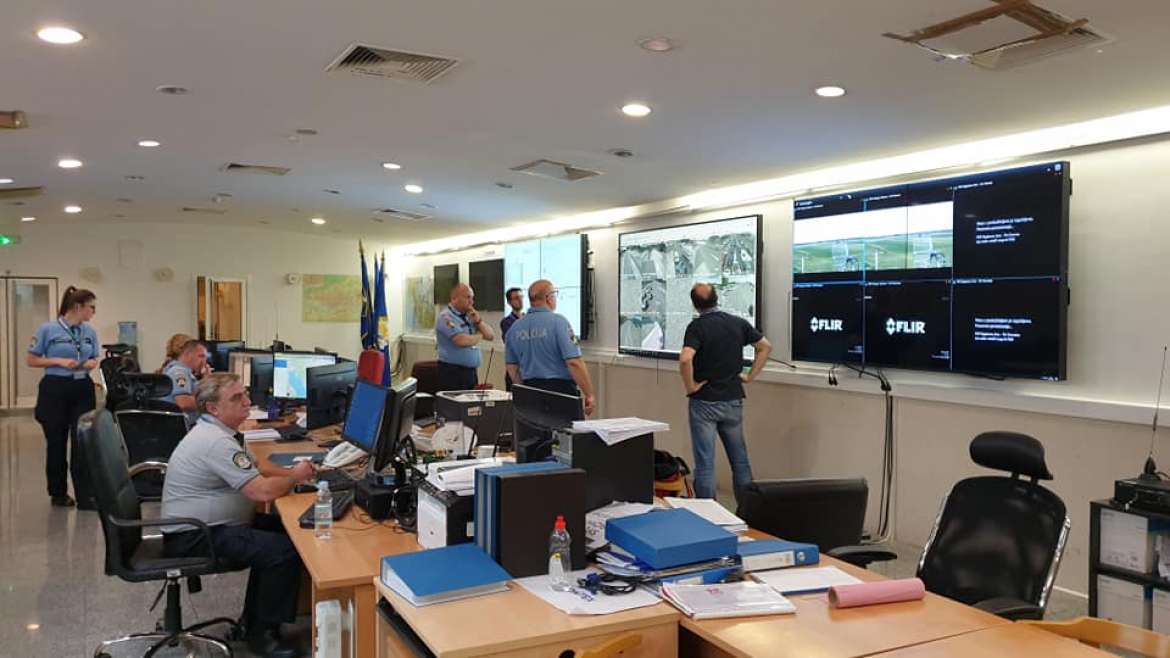
4. The Croatian border control centre – is this really Croatia?
A few months later, I got to see the inside story of just why the Croatian police run such an efficient system – behind the scenes at the Croatian border police centre.
Outstanding! Read all about it in A Foreign Eye Behind the Scenes at Croatian President Milanovic Inauguration.
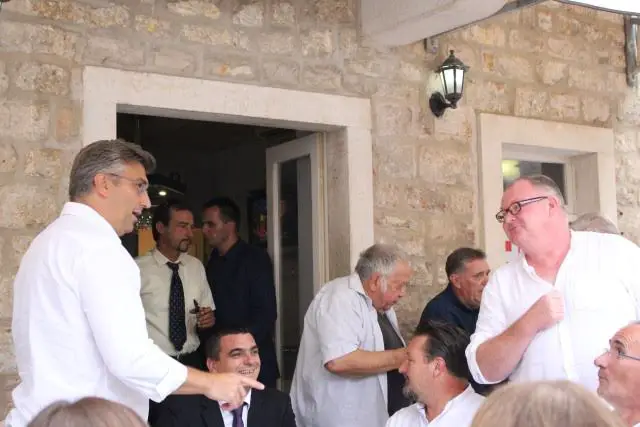
(Photo Vivian Grisogono)
5. Bureaucracy can work – the open letter to Prime Minister approach
2020 was the year that I learned that writing an open letter to the Prime Minister DOES work, at least if you are Dutch.
I tried it a couple of years ago, which resulted in PM Plenkovic asking me over for a chat then promising not to sue me.
But, as regular followers of TCN will know, Dutchman Jan de Jong had considerably more success when he sent Plenkovic an open letter on LinkedIn – you can follow the progress of Croatia’s digital nomad visa here.
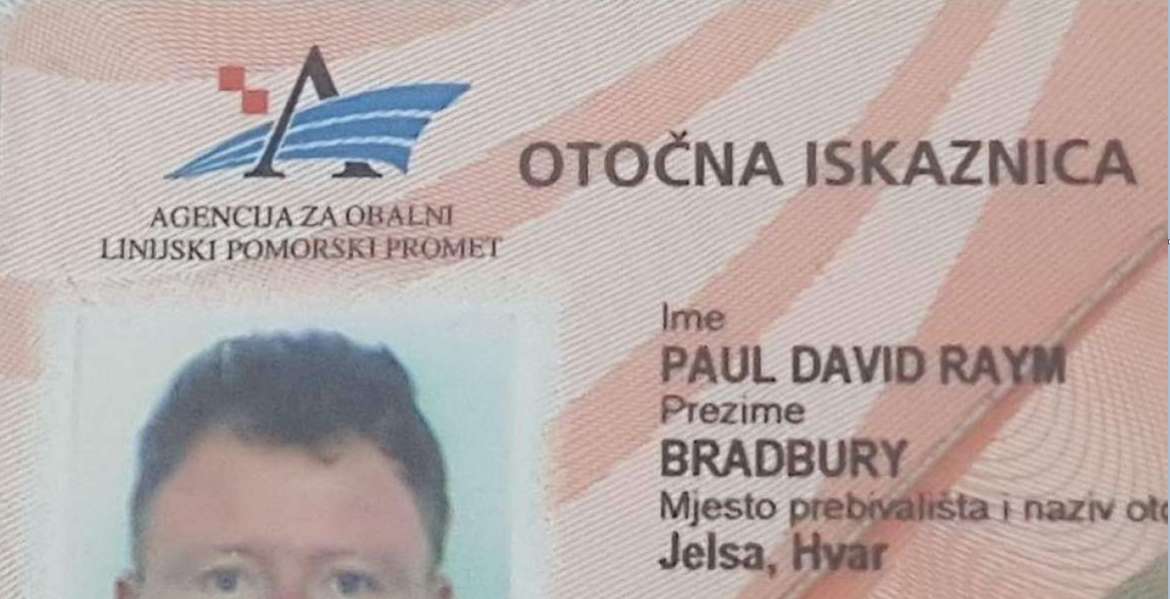
6. The 18-minute driving licence change, as Croatia ends its bureaucratic discrimination against long names
Since swapping the laganini lifestyle of Dalmatia for a new home where people work 12 months a year in Varazdin, I have come to believe in the potential of efficient bureaucracy in the Croatian context. it all started after MUP Varazdin restored my (admittedly absurd) full name to its former glory. After years of feeling emasculated as merely Paul David Raym Bradbury, due to the lack of space on the ID card for names, the heroes at MUP Varazdin made me feel whole again when they gave me a new ID in the name of Paul David Raymond Bradbury. More in Progress in Absurdistan: Longer Names are Now Possible on ID Cards. They then followed this up by changing my UK driving licence to a Croatian one in just 18 minutes – the total amount of my life I have had to dedicated to Brexit paperwork. MUP Varazdin: Celebrating Croatian Bureaucratic Excellence – Yes, Really!
7. A responsive Ministry of Tourism moves on from the era of the fax machine
Inspired by this Varazdin efficiency, I wondered how I could help with improvements elsewhere in the system. A few suggestions in An Ode to the Fax, the Digital Champion of Uhljebistan 2.0 apparently led to the abolition of the fax machine at the Ministry of Tourism, for which was the Croatian media was kind enough to give me a little credit. A useful lesson – when I find the time, I will be happy to make similar suggestions for such a responsive ministry.
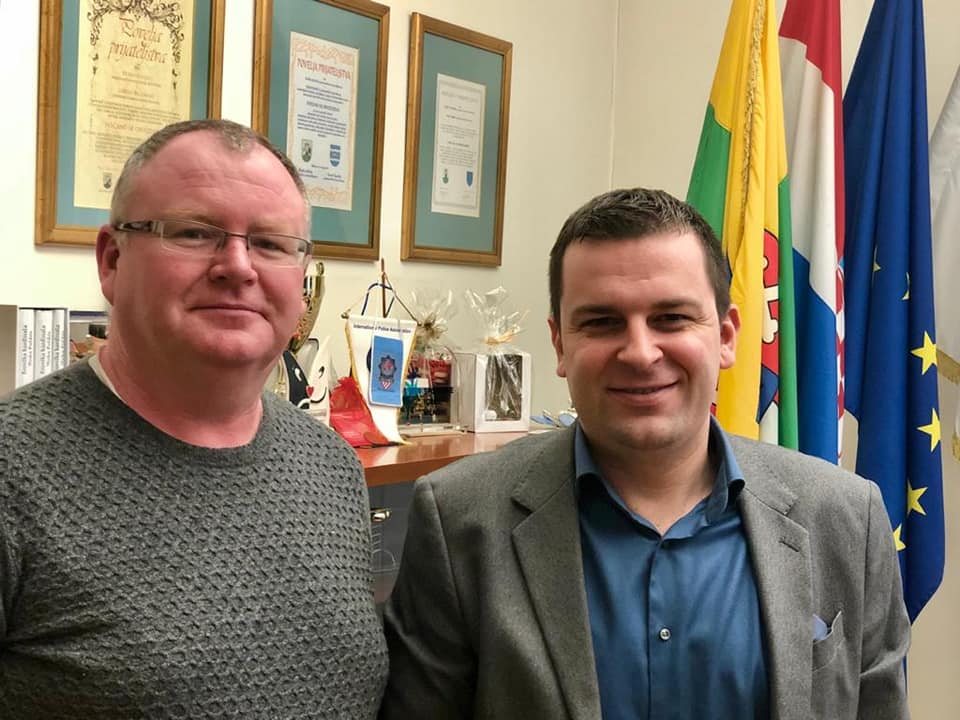
8. A visit to not one, but two corruption-free towns in Croatia
And the thing is, things ARE changing in Croatia. My first visit to Bjelovar to meet innovative mayor, Dario Hrebak – I certainly didn’t expect to come home with a headline like Seeds of Change: My City is Corruption-Free, Claims Croatian Mayor. My transparency education took me further, to perhaps the biggest discovery of the year – Sveta Nedelja. Not only the most transparent administration in all Croatia, but also a town with population growth of 10% since the 2011 census, 20% more jobs since 2017, unemployment of just 3.9%, and named best medium-sized town for the economy three years in a row and in the top 5 for quality of life. Oh yes, and free buses for all. Follow the amazing Sveta Nedelja story here.
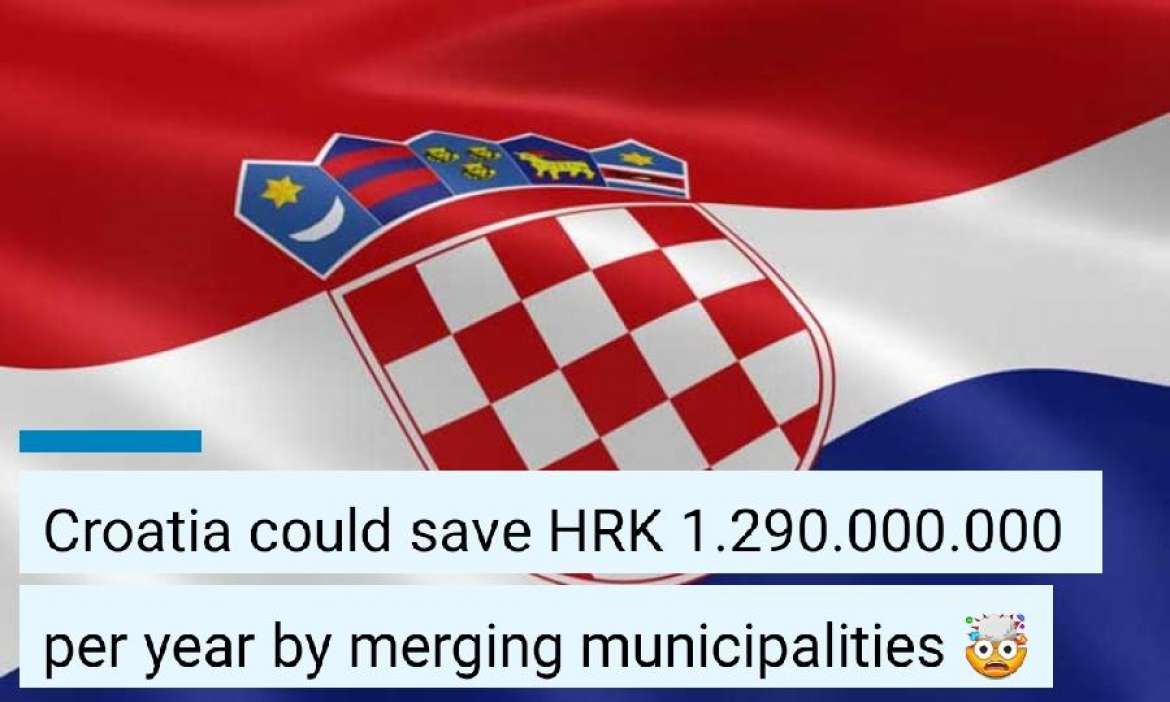
9. 1.29 billion bureaucratic reasons to listen to Big Data
All this talk of bureaucratic efficiency is fine, but is there any concrete plan? One of the great driving forces for change that emerged in 2020 was Glas Poduzetnika (Voice of Entrepreneurs). Included in their calls for a better approach were some really interesting results powered by Big Data – Big Data Shows Merging Municipalities Could Save Croatia 1.29 Billion Kuna a Year.
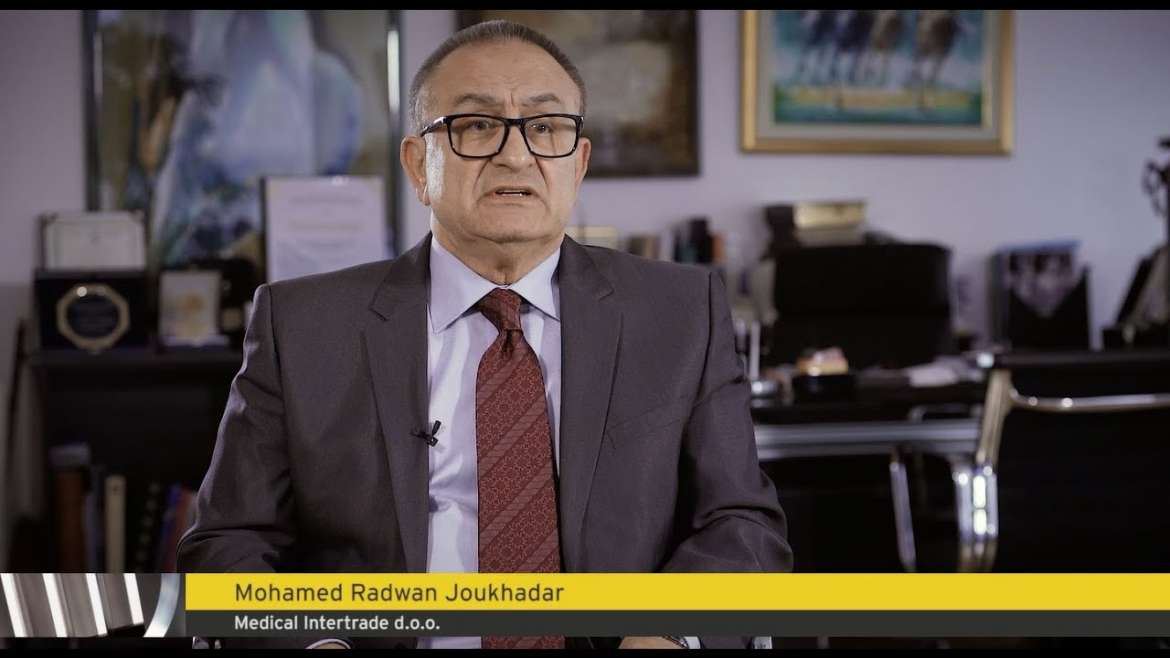
10. Mate Rimac is not the biggest player in Sveta Nedelja
I learned that the incredible Rimac Automobili, despite its fabulous growth and success, is actually not even the biggest company in that miracle town of Sveta Nedelja. That accolade goes to a Syrian immigrant, who came here to study back in 1968, and whose main business turned over more than 250 million euro last year, employing 829 people. Fantastic story – Meet Sveta Nedelja’s Biggest Company, a Success Story Born in Syria.

11. Need to call an election, who you gonna call? Oraclum
2020 was the year when I finally had the chance to catch up with – and learn a lot from – one of Croatia’s brightest minds, the Wolf of Oxford, Vuk Vukovic. Along with two other Croats, his Oraclum company was the only pollster in the world that correctly forecast Brexit, Trump 2016 and a narrow Biden 2020. Fascinating stuff.
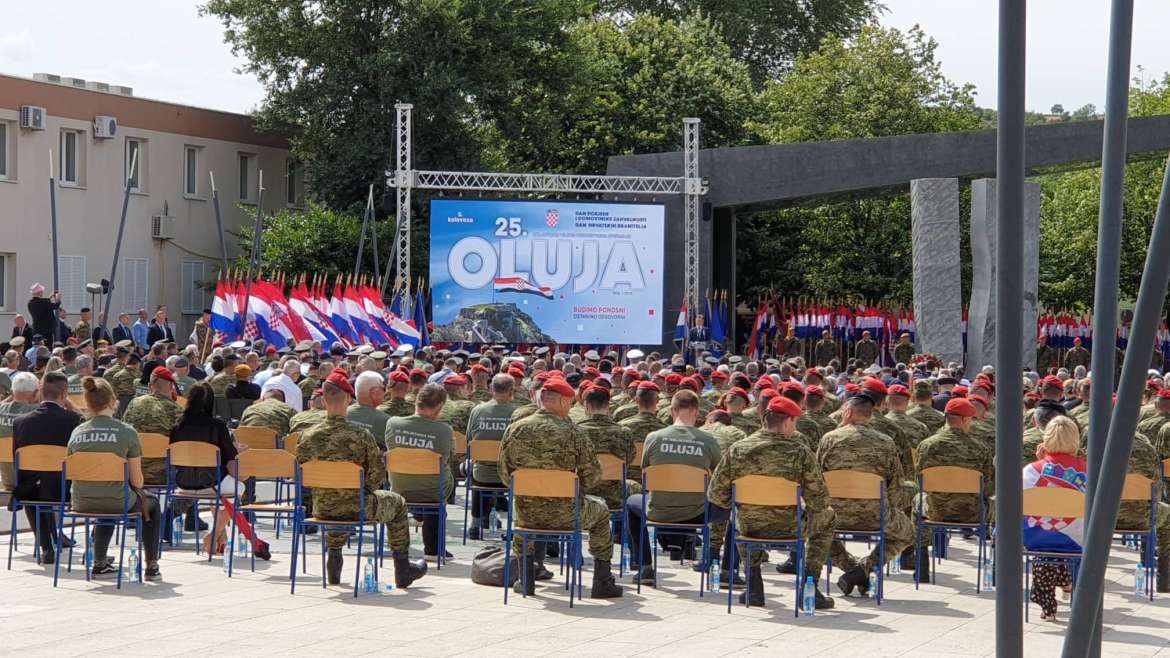
12. Attending Oluja 2020, an emotional and educational day
One of the most educational – and emotional – days of the year was Oluja 2020 – the 25th anniversary of Operation Storm. It is a topic I have always shied away from writing about, but I decided that the best way to cover it was to experience it in the flesh. It was a draining but rewarding day, allowing me one more level of comprehension of this beautiful but complex country. Operation Storm: Foreign Reflections on a Visit to Oluja 2020 in Knin.
13. AI conferencing – what I learned about Croatian AI strategy
2020 saw me attending far less conferences than in previous years due to the pandemic, but the few I did attend were thought-provoking indeed. None more so than the AI conference organised by Cro AI, in which the AI strategies of Israel, Sweden and Croatia were presented. Let me rephrase that. The strategies of Israel and Sweden were presented in the presence of the Croatian State Secretary of the Economy. I might not have known much about AI and Croatia’s strategy, but it seems I was not alone, as I found out when I asked a question after the presentations, above.
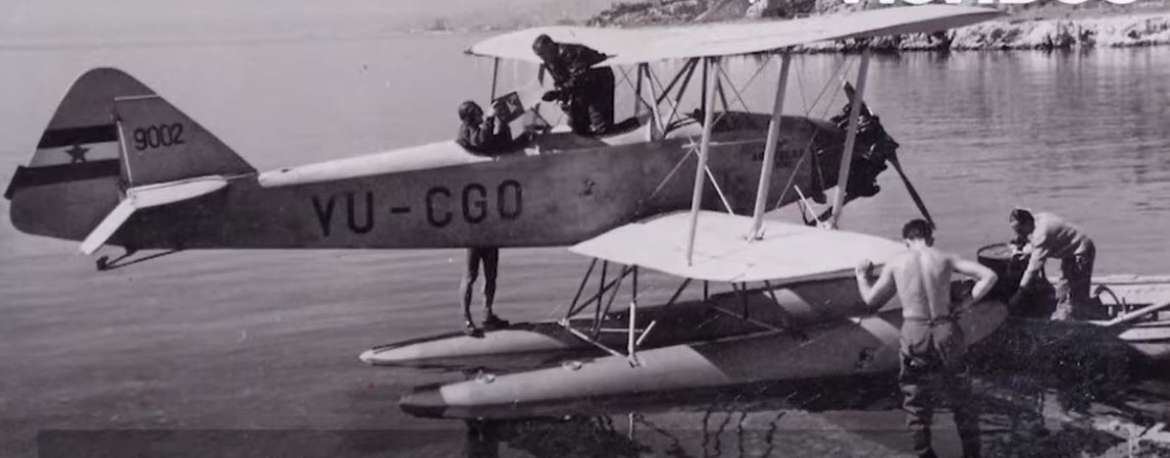
14. A Croatian was designing Croatian seaplanes almost 100 years before European Coastal Airlines
Back to Ludbreg again, where I noticed a monument to an aeroplane near the mayor’s office. I asked TCN’s recent graduate Donatella Paukovic to investigate, and she came up with quite the story – seaplanes, designed in Croatia! In the 1920s! Rudolf Fizir, Great Croatian Aircraft Designer, Wanted to Connect Adriatic Islands with Seaplanes.
15. A simple method from a Croatian professor to remove 20% of annual global carbon emissions
Just as I had not come across aviation genius Rudolf Fizir from Ludbreg before, I had also never heard of Professor Stasa Puskaric until this week. This despite the fact that he appeared with one of the climate change solutions on Leonardo DiCaprio’s Ice on Fire documentary last year. He has quite an incredible plan. Marine Snow, a Croatian Solution to Remove 20% of Global Annual CO2 Emissions.
16. Technology for the new normal, born in China, developed in Varazdin
It was supposed to be a social chat over a beer with my web design company watching NK Varazdin train, but it quickly developed into a rather interesting opportunity in the fight against corona. A few days later, the team from Exabyte doo and I had swapped the NK Varazdin training ground for the exclusive waterfront of Hvar Town. Hvar Tests Rapid Temperature Check Tech from Varazdin in Corona Fight.
17. An introduction to online schooling
The pandemic necessitated a big rethink in all aspects of life, including education. Online schooling became a reality for all, a period of adjustment for all of us. The girls managed superbly with the adjustment and even became media stars discussing the pros and cons. If online schooling were here to stay, they would be very happy. Video above by Miranda Milicic Bradbury.
18. Professor Igor Rudan can write a lot
Another name (to my great shame) that I had never come across before 2020 was Professor Igor Rudan. His texts earlier this year were a lifesaver, as we all struggled to understand what this virus was all about. His explanation of what happened in Italy is a text which was a masterclass. And boy, that boy knows how to pump out the words, as TCN editor Lauren found out when she started translating his work. We were very honoured with Igor insisted that the translations were published in English first on TCN. Thank you, Sir! You can read Igor’s texts here.
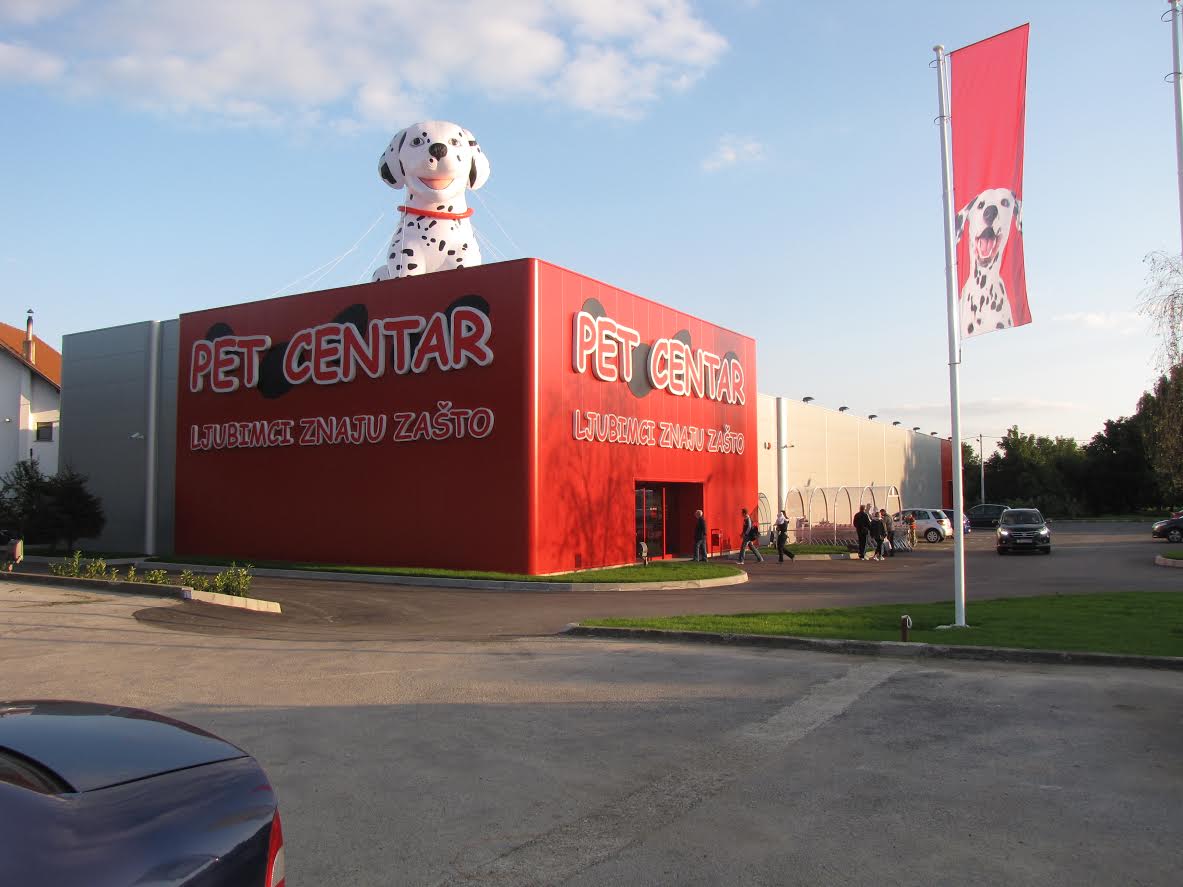
19. Heroes of the lockdown – Pet centar
I have never had a pet, and so the supply of pet food during the pandemic was not something that concerned me until an expat friend asked for some help with supplies. As luck would have it, I was invited to do an interview with the owner of Pet centar – what an amazing service being offered all over Croatia during the lockdown.
20. IRIM and the next generation – Google.org’s first partnership in Croatia
Nenad Bakic, one of the Financial Times 2018 top 100 digital champions in Europe, and his wife Rujana have been doing incredible work building the digital skills of the younger generation through their IRIM and Croatian Makers project. The first Croatian project ever to win funding from Google.org, IRIM then qualified for second-phase funding from Google.org earlier this year, as they pressed ahead with efforts to digitise Croatian (and regional) libraries. Check out my interview with Rujana above (filmed by Gustavo Vilera), and learn more in Rujana Bakic on Croatian Digital Citizen 2.0, Empowering Libraries.
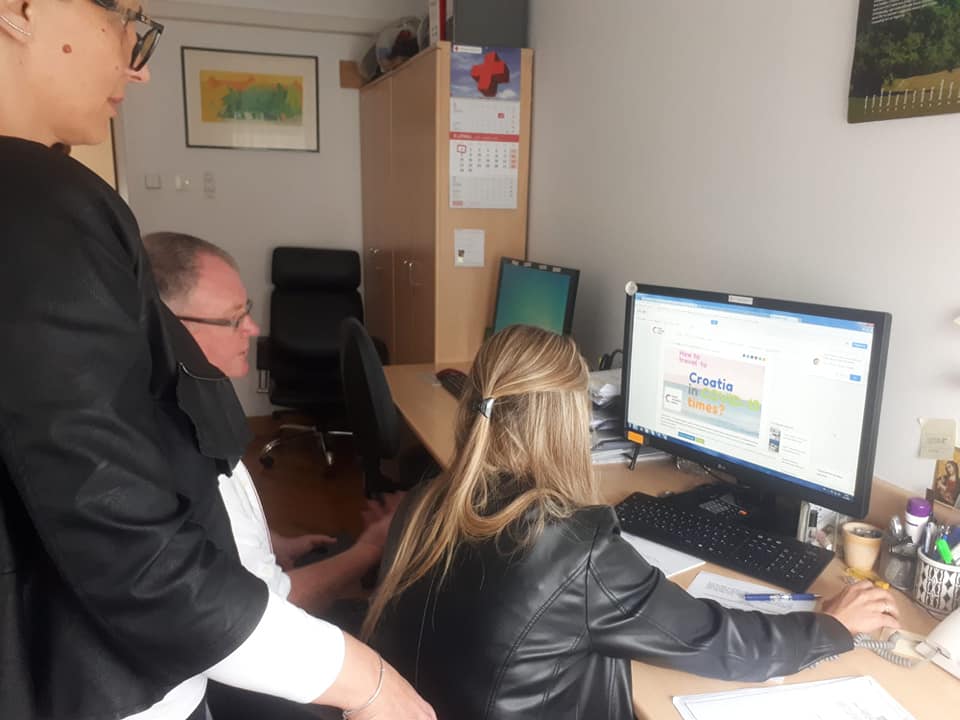
21. Official tourism representation in the Kingdom of Accidental Tourism 2020, where the police answer the emails
From using an image of a beach in Mozambique to promote Makarska to claiming Jelsa has two airports, it was another memorable year of unique promotion from our official tourism gurus. The big discovery of the year was that it was actually the Croatian police who were answering the bulk of the emails this year, this despite Croatia having a national tourist board, 20 regional tourist boards, 319 local tourist boards, a ministry of tourism, and a dedicated tourism section in the Chamber of Economy. It was a pleasure to meet the police staff who were doing all the work, and I was more than happy to make TCN’s resources and research available to them, above.
The tourism chiefs must have had a very busy year with no events and few tourists, as very few had the time to show any interest in our free promotional offer. Those who did respond seemed to appreciate their Virtual Croatia article on TCN.
22. Croatia has only one authenticated miracle, and most Croatians cannot name it
One of the ironies of life here is that Medjugorje in Hercegovina has over one million pilgrims a year to visit a phenomenon which has not been recognised by the Vatican, while Croatia has an authenticated miracle which not that many people know about. I had known about the Eucharistic Miracle of Ludbreg for some time, but only recently figured out that it is in fact the only authenticated miracle in all Croatia.
23. Za Krizen 2020, when 500 years of UNESCO tradition meets a global pandemic
There are no prizes for guessing my most unusual night of the year – Za Krizen, the UNESCO procession on Hvar which has taken place every year for more than 500 years. The procession did eventually go ahead in the middle of the lockdown, albeit with a much-reduced presence. It was a very controversial decision, and I think I am right in saying it was the only public event which took place in the whole country for the month of April. Due to the lockdown, I was one of only two journalists who covered the event. I was there through the night, and I learned just how different the realities on the ground could be misrepresented by the media. One of the most absorbing and unusual nights in my 18 years in Croatia. Jelsa Za Krizen, Croatia Not Wuhan & Cabin Fever Perspectives.
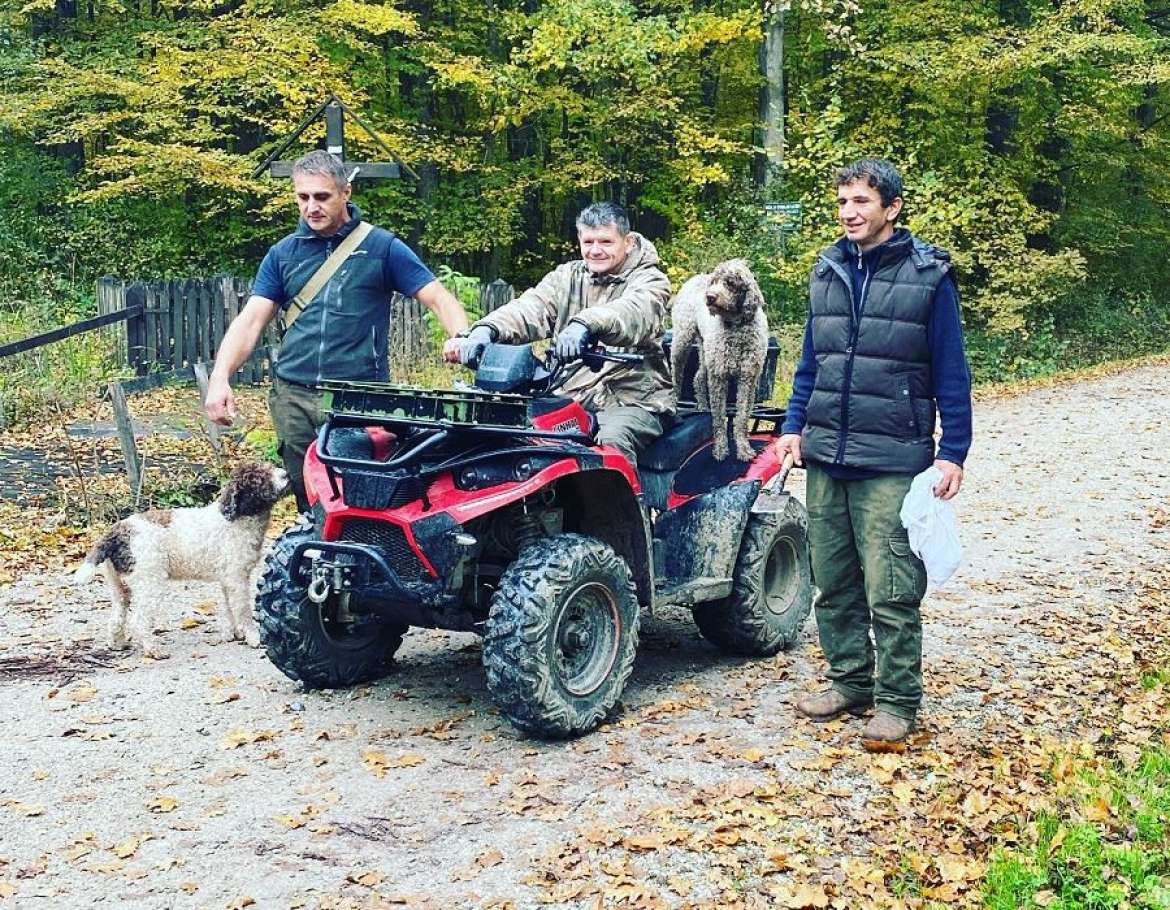
24. Truffles are not only for Istria – some discoveries near Zagreb and Split
Did you know that you can go truffle hunting close to Zagreb airport? Or just outside Split? Or that many of the Zagreb truffles get sold in Istria, some of them back to restaurants in Zagreb? Or that strukli with truffles is delicious? Start your Zagreb truffle education here.
25. Quarantine heritage – Croatia has an island called Leper
I knew all about Croatia’s quarantine heritage with the Republic of Dubrovnik being the birthplace in Cavtat in 1377.
But did you know that Croatia has an island near Korcula called Leper? Check out the beauty of Gubavac in yet one more stunning video from Outdoors Croatia.
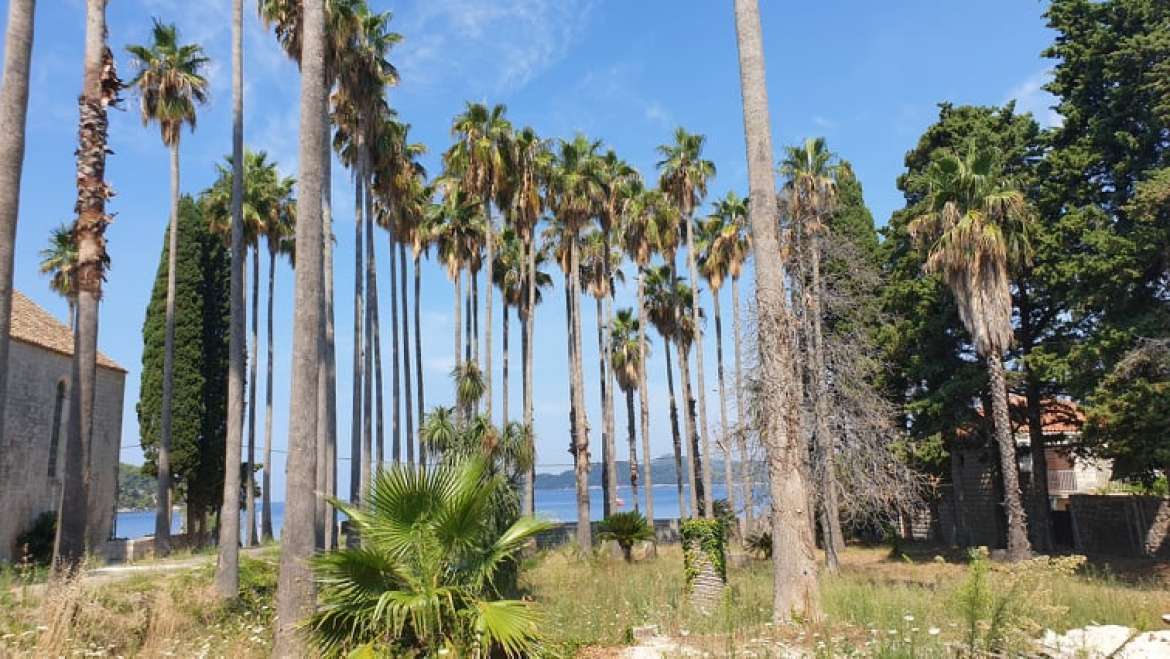
26. Europe’s first concrete hotel and tallest palm trees – and more secrets from the Elaphiti islands
What little travel to new corners of Croatia I did was in the south around Dubrovnik area. I had my first – and very overdue – trip to the Elaphiti islands, Kolocep, Lopud and Sipan. Magical all, but Lopud shades it as the best of the three, and with the most surprises – Secrets of Lopud: Europe’s Tallest Palm Trees Shade Europe’s Oldest Concrete Hotel. With thanks to Lopud guide par excellence, Kresimir Macan.
27. A European restoration winner – St Martins Church in Stari Brod
Back to Ludbreg again… On the upper floors of Batthyany Castle is the Ludbreg Restoration Centre, one of the leading art restoration centres in Europe. You can check out the restoration centre in the One Minute Ludbreg video above, including the spectacular St Martins Church in Stari Brod, which earned the centre a prestigious restoration award, as well as a place on my 2021 bucket list.
28. Scenic Eclipse, built in Croatia with Dame Helen Mirren as godmother
Did you know that Dame Helen Mirren is the godmother of the last ship ever to be built in Uljanik in Pula? Or that the 200 million euro Scenic Eclipse is leading the way in a new category of luxury tourism – the polar discovery luxury cruise ship. Or that the Australian owners were so impressed by the skilled Croatian labour that they have ordered five more ships to be built in Rijeka. Take a tour of Scenic Eclipse here.
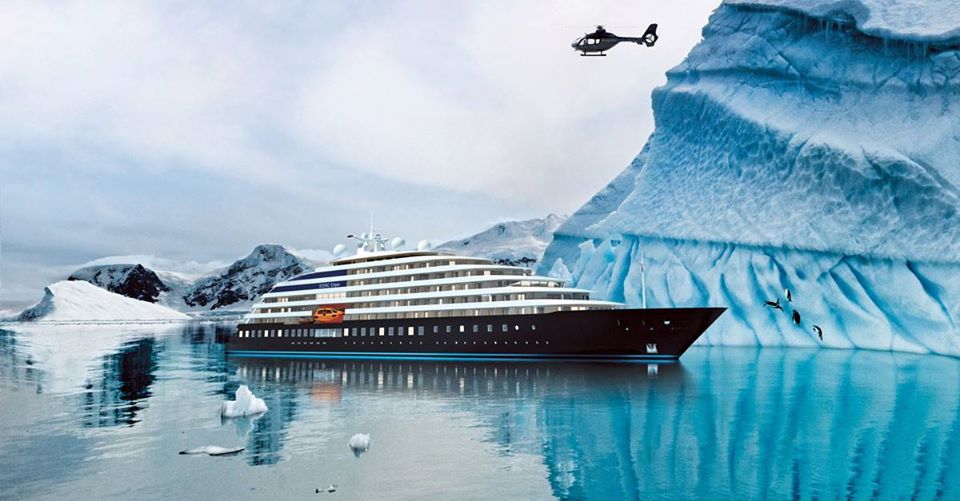
29. Metal detecting tours in eastern Croatia
One of the more dubious discoveries of 2019 was a dour Yorkshireman called Steve, who had an English pub literally in the middle of nowhere in eastern Croatia. A war veteran volunteer, Steve Gaunt stayed in Vinkovci after the war, found a local lady to take pity on him, and proceeded to accomplish some rather unique things. Such as the introduction of the Yorkshire pudding to the menu in a Vinkovci restaurant, the placing of a red London telephone box in the middle of Vinkovci, and some rather impressive metal detecting work. A little hobby which he shares with others with a novel type of tourism – metal detecting tours.
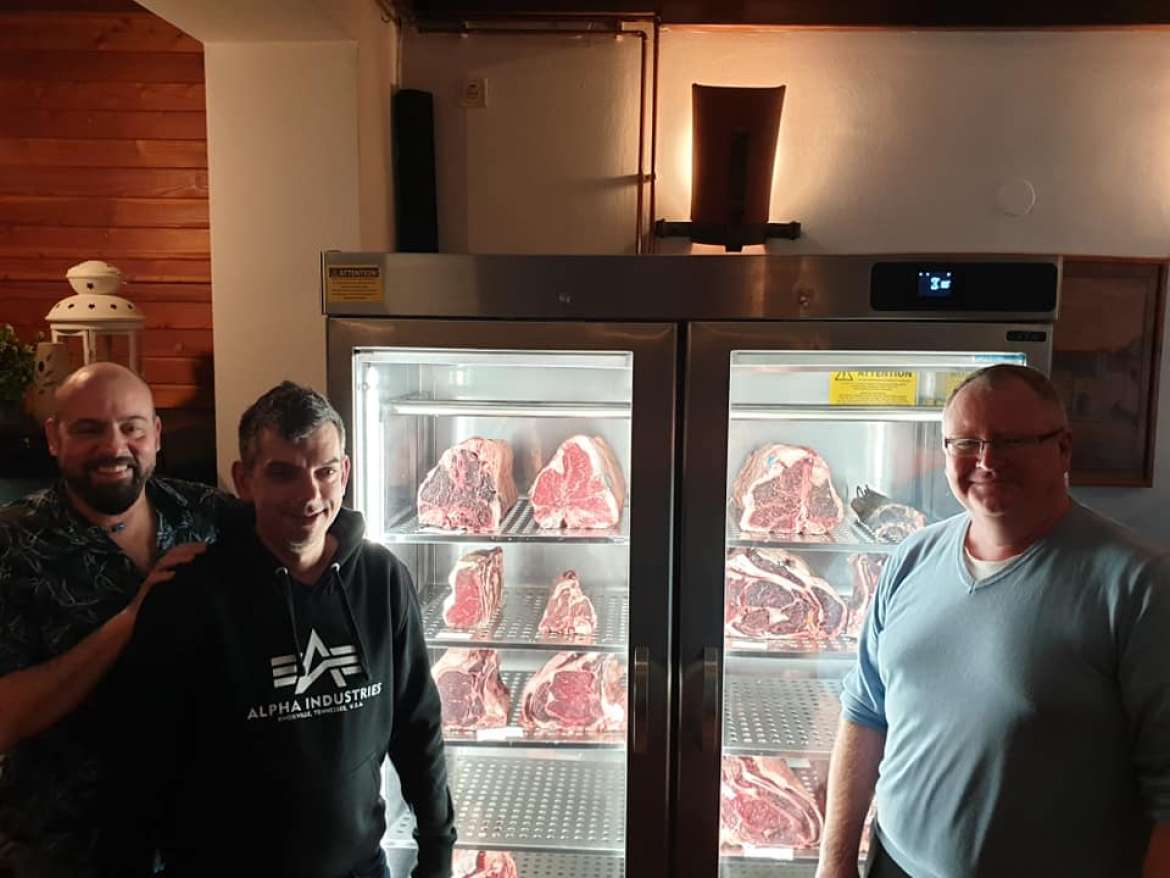
30. Free-range wagyu beef comes to Croatia
By far the craziest man I have spent time with this year is Nikola Bozic, the charismatic and visionary owner of Djurina Hiza in Varazdinske Toplice. An afternoon with Nikola is an education in itself. The year started with dinner at Hiza with Nikola and Ribafish, testing the new dry-aged collection, and things quickly escalated. Nikola beat the lockdown by hiring more staff as other restaurants closed. He changed his business model to online delivery, and soon he was covering the entire country with his excellent dry-aged steak deliveries.
Soon after the borders opened, I somehow found myself in his passenger seat on a trip to Brussels via Munich and Luxemburg, as he took his luxury Croatian products delivery concept internationally. There was even time to check out an excellent Istrian restaurant in Brussels. You can hardly find an Istrian restaurant in Croatia outside of Istria, but if you go to Belgium…
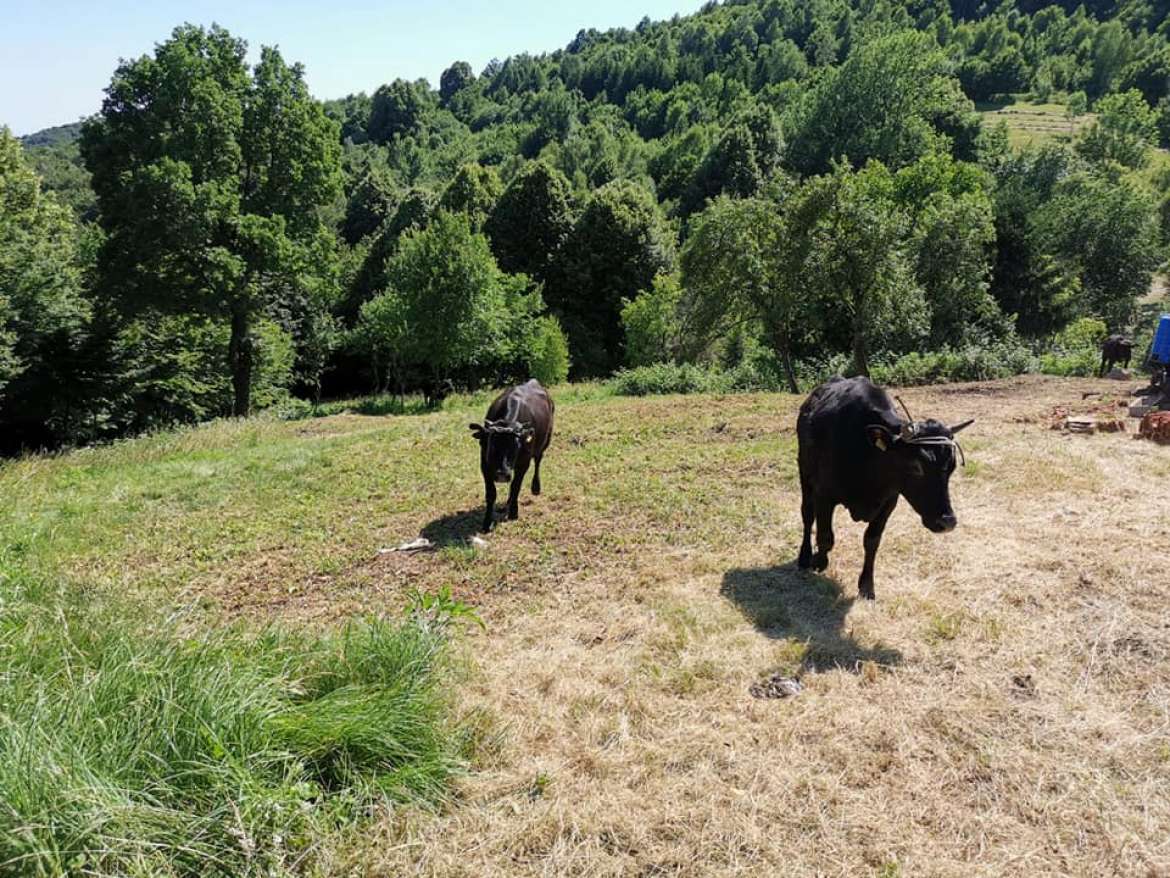
But the most interesting day was helping Nikola with one of his most ambitious projects – to introduce the first free-range wagyu beef cows in Croatia. It was quite a day bringing four black Japanese inhabitants to an abandoned village, the first cows in that part of Zumberak Nature Park in over 40 years. Medjimurje to Zumberak: Transporting Croatia’s 1st Free-Range Wagyu Cows.
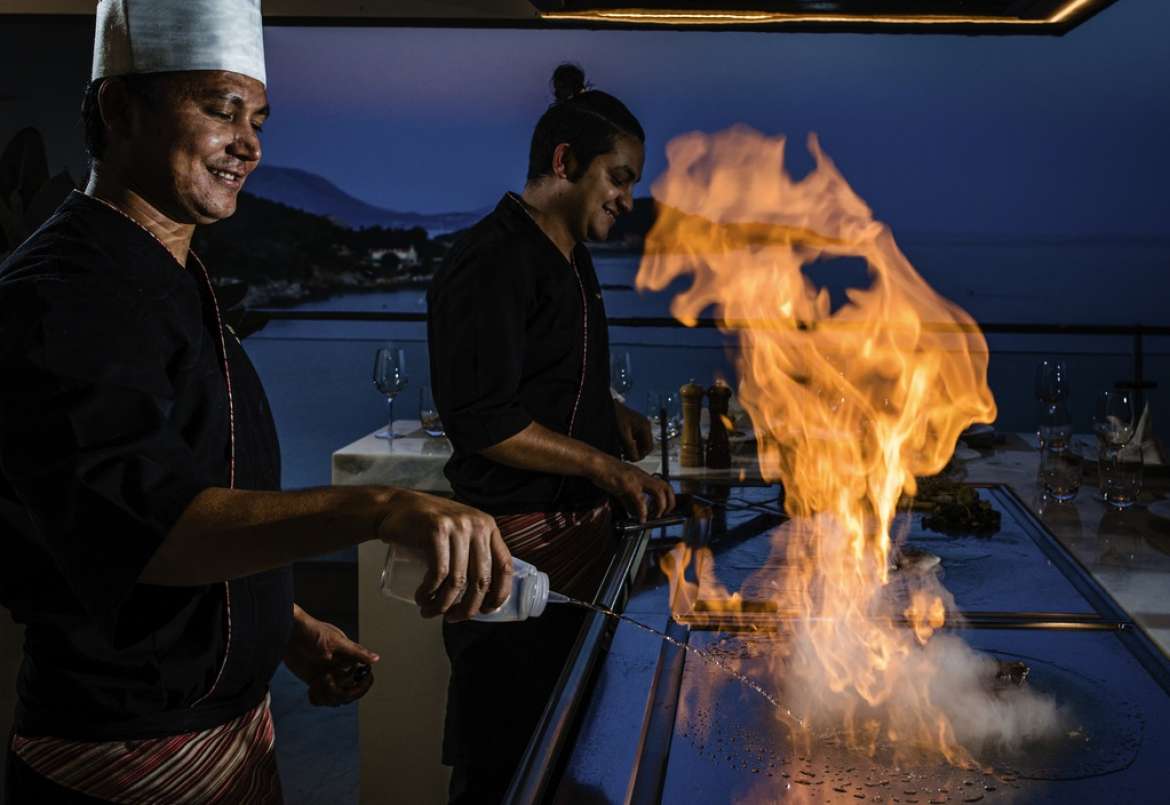
31. Umi Teppanyaki at Rixos Dubrovnik
But for the culinary spectacle of the year, head to Rixos Dubrovnik and book a ringside seat by this man – Umi Teppanyaki at Rixos Dubrovnik, Where Gourmet Art & Entertainment Combine.
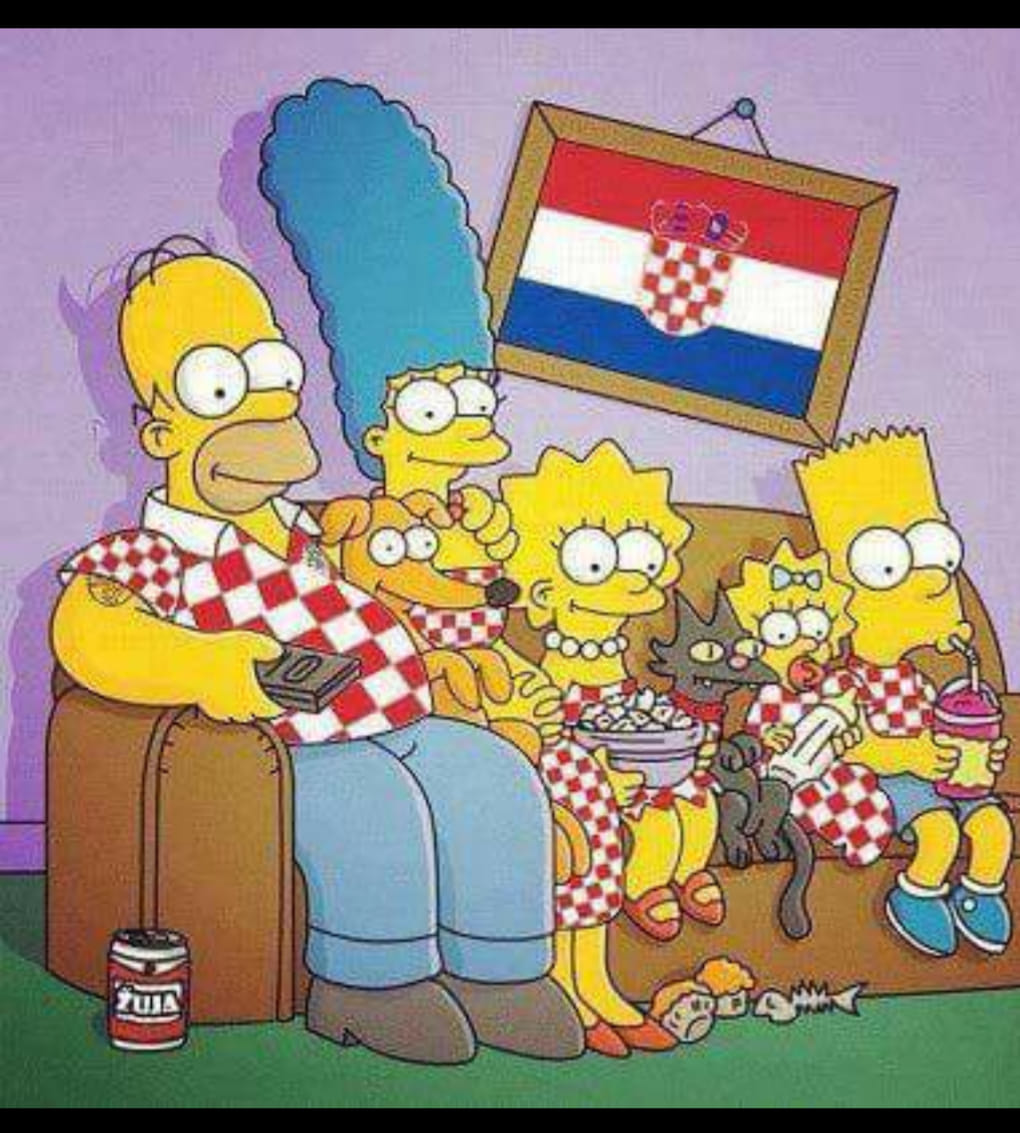
32. Homer drinks Zuja
I have written over 9,000 articles about the island of Hvar in the last 10 years. And I really thought I had covered everything. But then came along the Vrboska Homer Simpson connection. Did you know that Homer drinks Zuja?
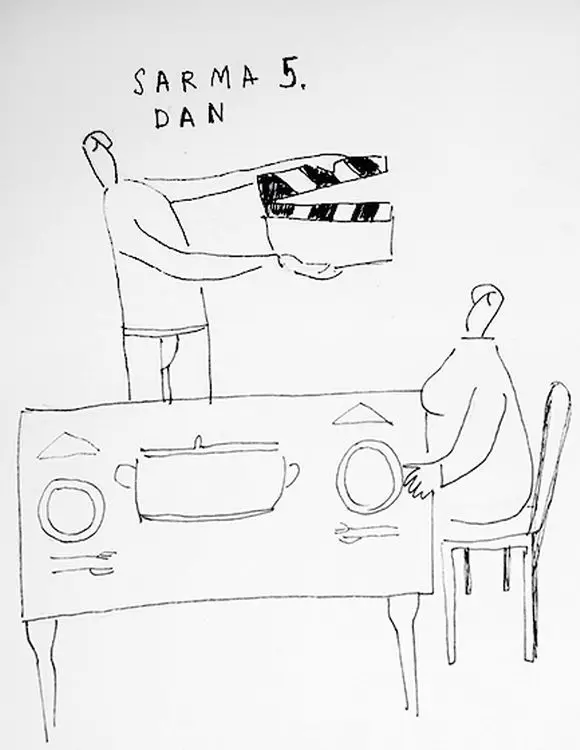
33. Tisja Klajkovic Braic
Want to learn about Dalmatian culture and its curious ways? Having been given the book for Christmas, I was introduced to the fabulous work of Tisja Klajkovic Braic and her superb caricatures of Dalmatian life. I was thrilled when Tisja agreed to a TCN interview, which you can read here.
34. Part of Michael Jackson’s Earth Song video was shot in Karlovac
This goes straight into my top 10 random facts about Croatia section. The video for Michael Jackson’s single; “Earth Song”, was released in 1995 and was shot in four locations around the globe. It dealt with subjects of environment and animal welfare with scenes of illegal poaching, destruction of the rainforest and war. The war scenes were shot here.
Karlovac was on the frontline in the Homeland War from 1991-95 and was severely damaged as a result. The location used in the video was the suburb of Turanj which was practically levelled over the four years of fighting.
35. I learned how to speak in public
I am very grateful to Ana Simunovic and her incredible stomach movements (seriously impressive) for helping me learn how to overcome one of my biggest fears in life – public speaking. I am fine one to one, or on television, but if I address a crowd, I choke. As TCN expands, so too does the list of speaking engagements. I know it is the sensible thing to do, but it was only after Ana’s help that I finally managed to conquer my fear. I even remember to breathe these days. Here I am at LEAP Summit in Zagreb with one of the most important lessons of all if we are going to build a better Croatia – Injecting Positivity into the Default Negative Croatian Mindset.
2020 was definitely not a great year, but the opportunities for learning and improving are there to be taken. Many thanks to the many of you for your support and help in helping my education of this country that keeps on giving.
What lessons and new experiences will 2021 bring?

